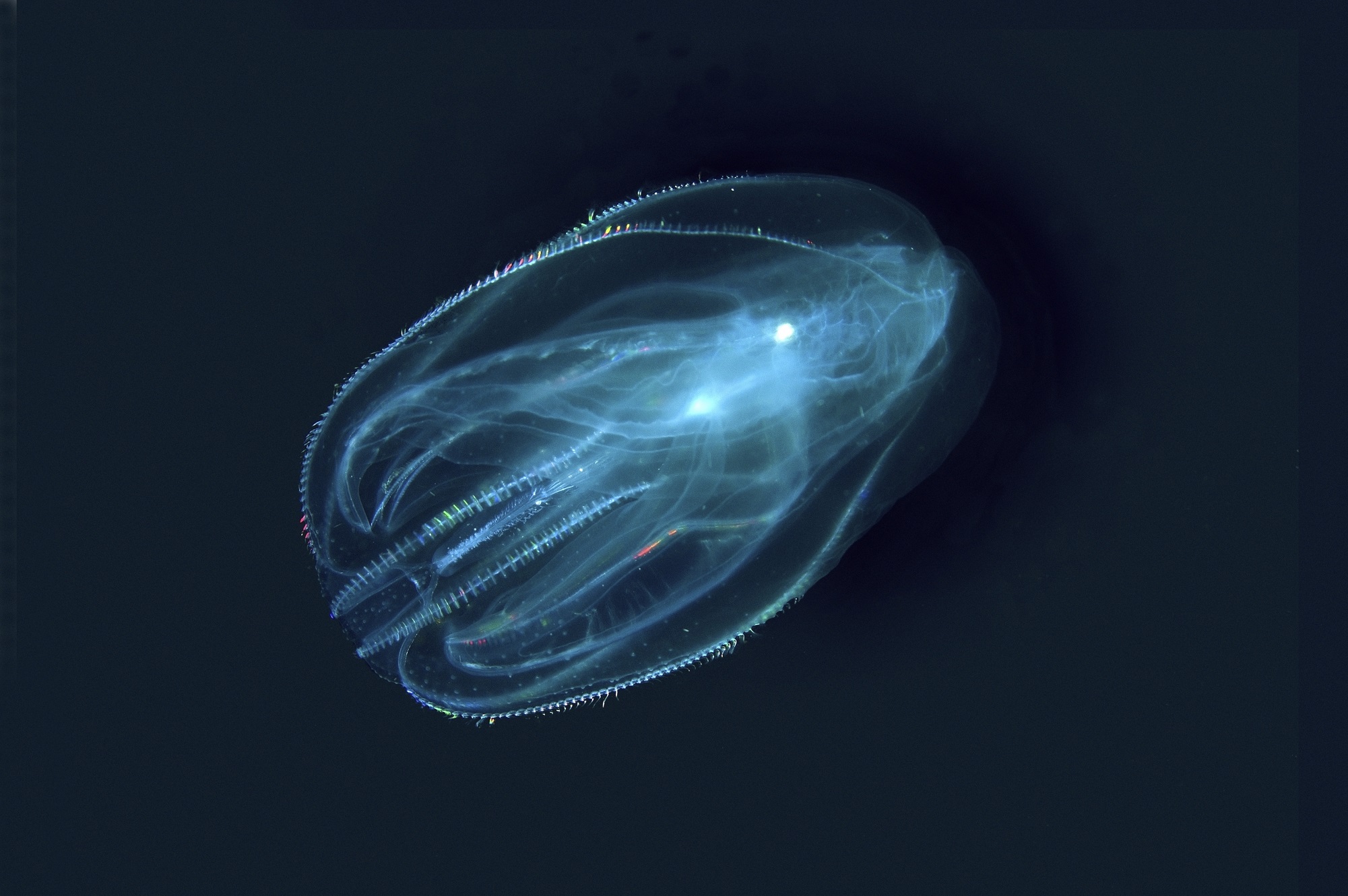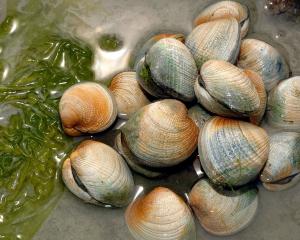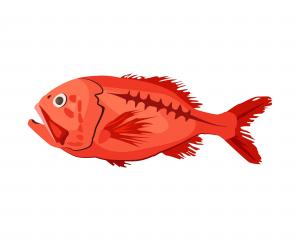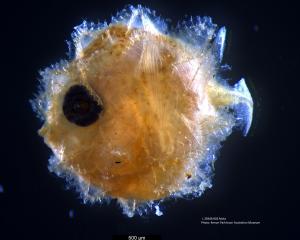
Are you right-handed or left-handed? This is the kind of question that only a bilateral organism can answer. You and I, as well as worms, clams, bugs, snakes, birds and frogs, elephants and pigs, all have bilateral symmetry. That means that we are arranged roughly the same on either side of a line from head to tail. We have a front and a back, a head and a tail, and left and right sides. We are all in the group known as Bilateria.
But some organisms are organised with radial symmetry: similar body parts are arranged all around a centre, so there is no recognisable right or left side. In fact, these organisms don’t really have heads or tails, many of them are shaped as spheres or cylinders. Think daisies, corals and jellyfish. (Possibly you might be puzzling over the sponges, which are neither bilateral nor radial — many have no symmetry at all and are pretty much just lumpy. We call them asymmetrical or irregular.)

A sack of jelly in a thin transparent skin covered with whiskers doesn’t seem like it would be an effective predator, but these animals eat everything from plankton to shrimps to each other — up to 10 times their body weight in a day. They have sticky cells that help them hang on to prey as they manoeuvre it mouthward. Yes, radially symmetrical creatures have mouths and digestions.
Comb-jellies are mostly transparent, but they can put on a show using bioluminescence — in the dark ocean they sparkle and glow. Many a night diver has been surprised by the shimmering of a ctenophore passing by. If disturbed, some species squirt out a luminescent "ink" that mimics their own displays, to distract predators such as sea turtles and jellyfish.

Just where the comb jellies fit in the evolutionary tree of life is unclear. Some data suggest that they are sister to all the other multi-cellular animals ("metazoans") excluding the sponges (Porifera). Alternatively, they may be even more distantly related, forming the branch that is sister to all other metazoans, including sponges. Whatever the case, the comb jellies diverged from our ancestors long long ago, in Precambrian times.
Comb-jellies have been glowing in the ocean’s dark for more than 700 million years. They are the oldest branch on the animal family tree that still exists today. Despite being essentially bags of jelly, they have complex nervous systems that allow them to swim, dodge, and hunt. They are abundant and diverse in all the world’s oceans, at all water depths. Their radial symmetry makes them exceptionally beautiful. To be honest, it’s hardly their fault that (almost) nobody’s heard of them.
Abby Smith is a professor of marine science at the University of Otago.













